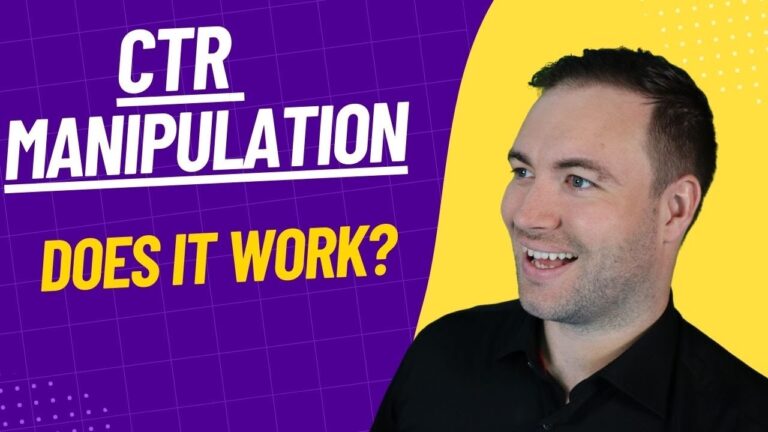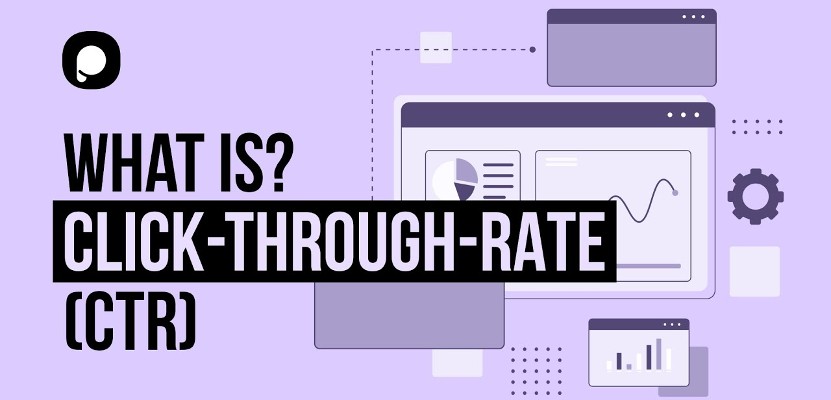Supercharge Your Link Structure Efforts with LinkDaddy CTR Manipulation Competence
Maximizing Organic Click-Through Rates With CTR Control
The optimization of natural click-through rates (CTR) is a nuanced venture that pivots on recognizing both individual psychology and effective content presentation. The landscape is rife with misconceptions and oversimplifications about what really drives CTR.
Comprehending Click-Through Rates
Recognizing click-through prices (CTR) is vital for assessing the efficiency of internet marketing approaches. CTR determines the portion of users that click a details link or advertisement compared to the total variety of individuals that see it. A higher CTR indicates that the content is involving and appropriate to the target audience, while a reduced CTR may signify a demand for optimization.
To determine CTR, separate the number of clicks by the number of impressions and increase by 100. If an advertisement gets 300 clicks out of 10,000 impressions, the CTR would certainly be 3%. This statistics is critical for evaluating numerous components of digital advertising and marketing, consisting of search engine optimization (SEO), email campaigns, and social media sites advertising.
Furthermore, examining CTR assists online marketers recognize which techniques generate the ideal results and which need improvement. By concentrating on boosting CTR, organizations can enhance their content's visibility and effectiveness, causing enhanced website traffic and possible conversions. Understanding the subtleties of CTR is fundamental for any marketing expert aiming to optimize their on the internet presence and optimize return on investment (ROI)

The Psychology of User Habits
Customer behavior is considerably influenced by mental aspects that dictate exactly how people engage with on the internet material. Recognizing these elements is crucial for maximizing click-through prices (CTR) in organic search outcomes.
Psychological actions also substantially impact customer behavior. Material that resonates psychologically can cause a feeling of urgency or curiosity, triggering customers to click. Furthermore, social proof-- such as user testimonials or ratings-- can improve trust and urge involvement, as people commonly want to the behaviors of others to inform their own choices.
In addition, the principle of scarcity can drive clicks - CTR Manipulation. Limited-time deals or special web content produce a fear of losing out (FOMO), compelling individuals to act promptly. Understanding these emotional drivers allows marketing professionals to create more engaging content that resonates with their target audience
Efficient CTR Manipulation Strategies
Leveraging emotional understandings can substantially boost click-through prices (CTR) with targeted adjustment methods. Among the most effective techniques is the usage of compelling headlines that stimulate inquisitiveness or seriousness. Wording titles as inquiries or integrating numbers can bring in more focus, prompting users to click.
One more method entails enhancing meta descriptions to develop a feeling of importance and immediacy. By plainly outlining the remedies or benefits given in the web content, you can engage possible viewers and encourage them to click. Additionally, using power words-- such as "exclusive," "proven," or "free"-- can improve the appeal of your material.
Aesthetic elements also play an important function. Incorporating attractive pictures or thumbnails can draw individuals in and enhance CTR. A/B testing different visuals can assist determine which pictures reverberate finest with your audience.
Lastly, guaranteeing that your material promises deliverable worth causes higher CTR. They are extra likely to engage when individuals regard that clicking will certainly offer them with meaningful understandings or services. By using these strategies thoughtfully, marketing professionals can efficiently manipulate CTR to their advantage while keeping a knockout post ethical requirements.
Common Myths Concerning CTR
Several misunderstandings surround click-through prices (CTR) that can lead marketing professionals to make misdirected choices. While a high CTR suggests that more users are clicking, it does not assure conversions or sales.
One more common idea is that CTR is an isolated metric. Actually, CTR needs to be examined along with other performance indicators, such as bounce rate and conversion rate, to obtain a holistic sight of campaign success.
Additionally, some marketing experts assume that optimizing for CTR alone suffices. However, concentrating specifically on CTR can lead to clickbait techniques that might bring in clicks but fail to engage individuals meaningfully. This technique can harm brand name credibility and outcome in lower retention prices
Lastly, there is a notion that CTR strategies are widely reliable. The reality is that optimum CTR methods can differ considerably throughout sectors and target audiences, requiring tailored methods for different market sections. find out here Recognizing these misconceptions is vital for developing effective CTR approaches that line up with overarching advertising objectives.
Measuring CTR Success
Although high click-through rates (CTR) can show effective interaction with content, measuring their true success requires a detailed analysis of numerous factors. First, it is necessary to comprehend the context in which the CTR is attained. A high CTR on a misleading title might not equate to meaningful engagement or conversions, ultimately reflecting improperly on the brand name's credibility.
2nd, examining the resource of web traffic is critical. Organic web traffic from internet search engine can symbolize a durable content technique, while clicks from pointless resources may suggest an absence of targeting. In addition, determining the subsequent user habits is important; analyzing metrics such as bounce rate, time spent on web page, and conversion rates can supply deeper understandings right into the high quality of the engagement launched by the CTR.

Verdict

The optimization of organic click-through prices (CTR) is a nuanced undertaking that pivots on recognizing both user psychology and efficient content discussion. CTR determines the portion of individuals who click on a details link or advertisement compared to the total number of customers who see it. A higher CTR shows that the web content is involving and relevant to the target audience, while a lower CTR might indicate a check it out demand for optimization.
Focusing specifically on CTR can lead to clickbait tactics that may attract clicks yet fall short to engage individuals meaningfully. Additionally, measuring the subsequent individual habits is important; assessing metrics such as bounce price, time spent on web page, and conversion prices can offer much deeper understandings right into the quality of the engagement launched by the CTR.